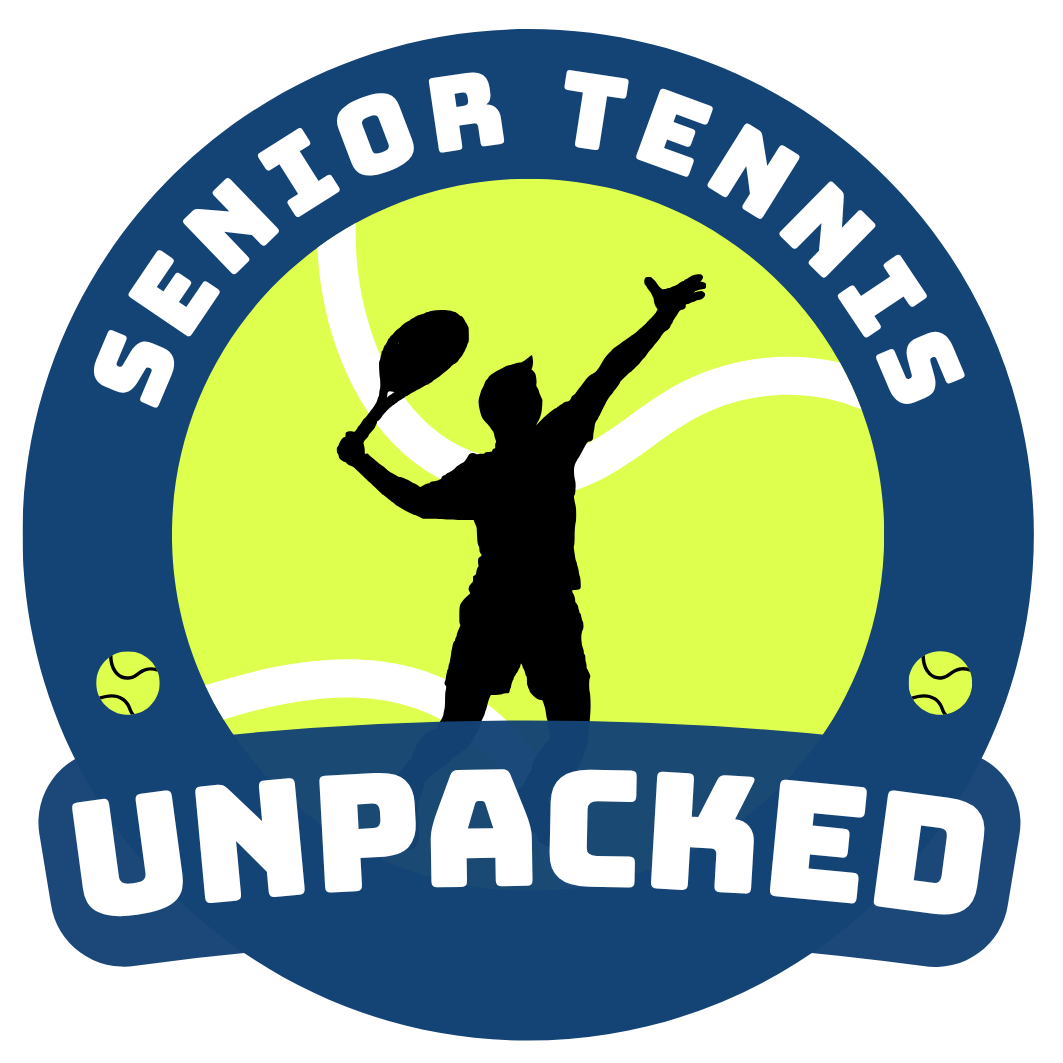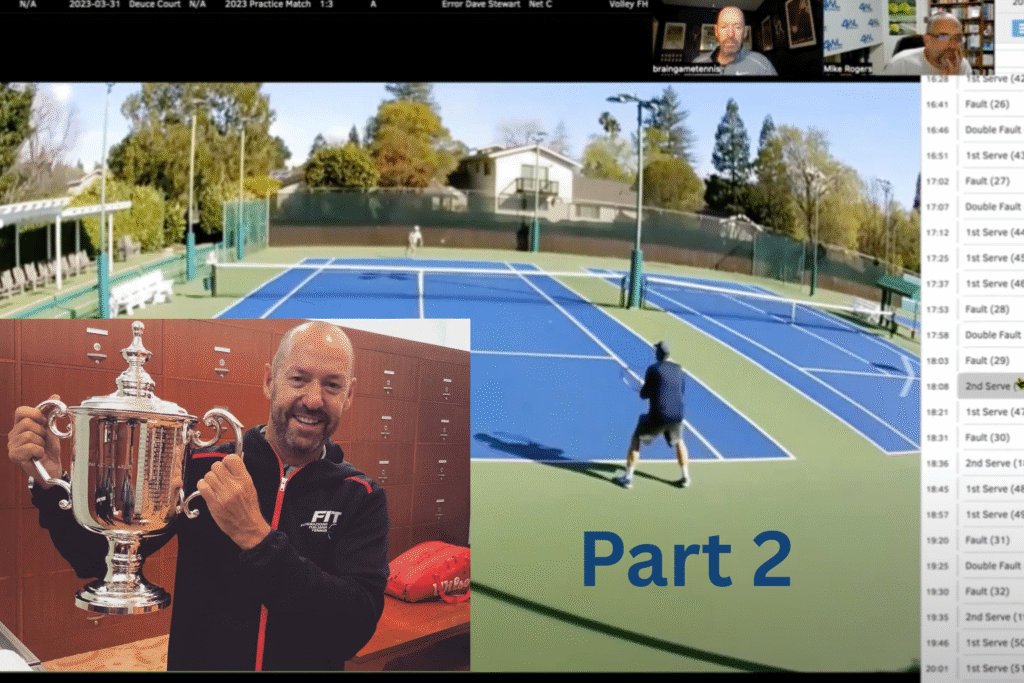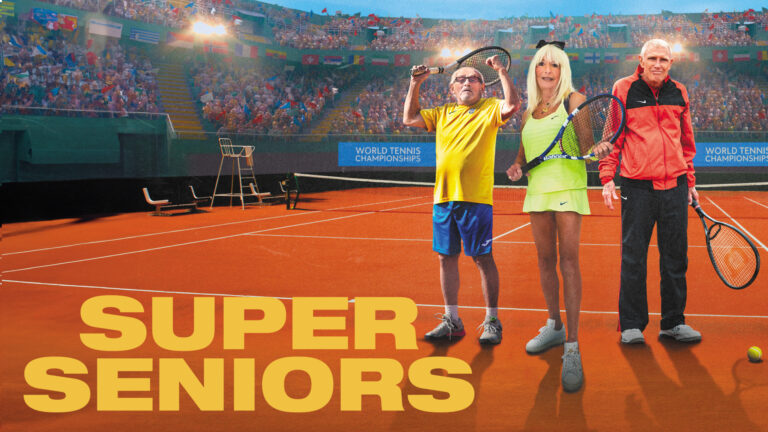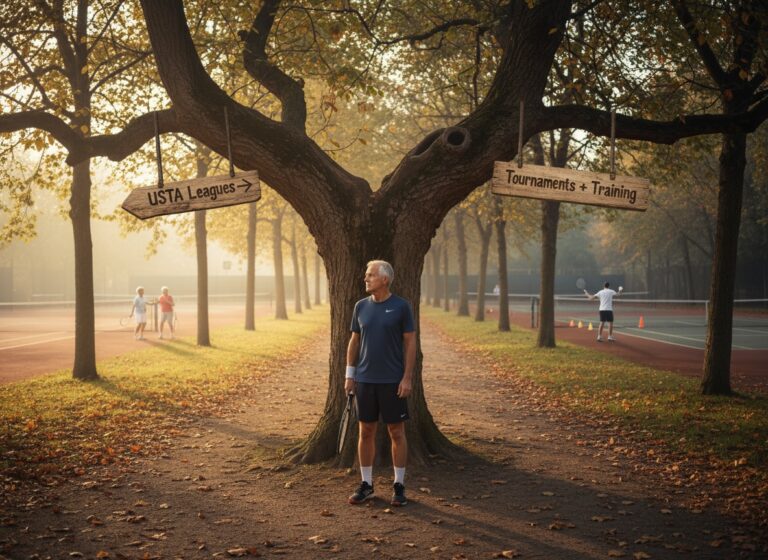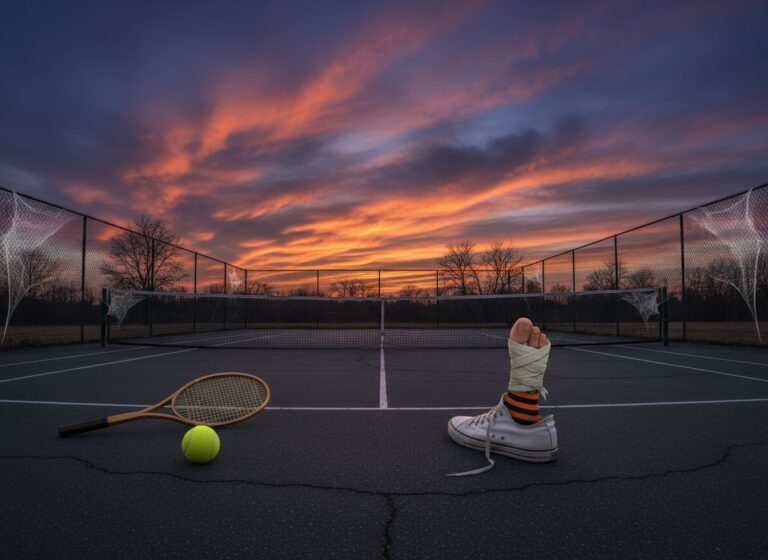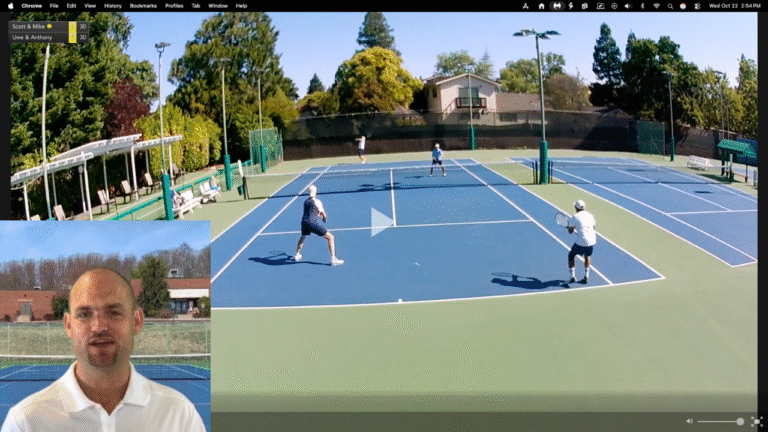In Part 1, I shared how Craig O’Shannessy tore into my singles match stats like a forensic scientist at a crime scene—exposing the truth about short points, early prep, and why I need to stop practicing like it’s 1985.
Now in Part 2, we get into the really uncomfortable stuff. Like the shocking number of times I actually came to net. Or how I’ve been sabotaging my serve with something as basic as… not stepping forward.
If you haven’t read Part 1 yet, start there. Otherwise, grab some popcorn (or kale chips, if you’re taking this tennis thing seriously) and let’s continue.
6. I Might Be a Net Player (But Don’t Tell My Doubles Partner)
So there I was, sitting across from Craig, ready to be chastised for my lackluster net game—and then he hit me with this:
“You came to net 41 times… and only made three errors.”
Wait, what?
I’ve spent the last few years convincing myself that I’m not a net guy. That I need more reps. That I’m only up there when I have to be—not because it’s part of my plan. But according to the numbers, I’ve been selling myself short.
Sure, my net point conversion rate was only 51%, which isn’t stellar. But the fact that I was up there so often—and not tanking—means something.
“You’re not making volley errors. That’s a good sign. Now let’s work on turning those trips to the net into winners.”
And just like that, I might need to reassess my entire tennis identity.
7. Want a Better Serve? Step Into It (Literally)
This one stung. Craig paused the video of my serve and said, “You’re not even crossing the baseline.”
And he was right. I was planting, hitting, and then retreating like I’d just touched a hot stove. No forward momentum, no weight transfer, no intimidation—just a clear invitation for my opponent to take control of the point.
“You never want to hit any serve where you don’t cross the baseline,” Craig said.
“Put a line two steps inside the baseline. After every serve, your foot should land on or past that line.”
I’ve since tried it, and it’s mildly horrifying how often I don’t reach it. But when I do? The serve has pop. The return is weaker. And I start the point from a position of strength, not surrender.
Backing up after the serve does two things:
- It puts me in a worse position for the next shot.
- It tells my opponent I’m playing defense before the point has even begun.
And I don’t need help sending that message. My second serve did that all by itself…
8. Stop Hitting Flat Second Serves, Add Spin. Any Spin.
My second serve, until now, has mostly been a gentle plea for mercy. A flat, floaty thing that says, “Please don’t hurt me,” which—spoiler alert—most opponents ignore.
Craig didn’t sugarcoat it:
“You don’t want to be hitting flat second serves. Put some slice on it. Or kick. Just… something.”
Flat second serves are a gift. They sit up. They’re readable. They offer no disguise or deviation. Adding spin gives me margin over the net, bounce away from the opponent, and unpredictability—which is kind of important when you’re not serving 115 mph.
I’m now working on adding slice out wide in the deuce court, and a kick serve in the ad. It’s a work in progress, and occasionally I end up spinning it into the side fence, but hey—at least now there’s a plan.
Spin isn’t just a style choice. It’s insurance. And when you’re playing guys who can take any short ball and turn it into a highlight reel, you want all the coverage you can get.
9. Down the Line? Not So Fast.
In one rally, I had what I thought was a golden opportunity: my opponent was pulled wide, I had a decent angle, and I went down the line like a hero.
Craig’s response?
“That’s a really tough ball to go down the line on. Cross-court gives you more margin, more court, and targets his weaker side.”
Turns out, just because I can go down the line doesn’t mean I should—especially when I’m stretched, off-balance, or trying to impress an imaginary crowd.
The better play would’ve been a short-angle cross-court that pulled him even wider and made him hit a backhand on the run.
Note to self: be smarter, not braver.
10. Return +1: The Missing Link in My Game
Here’s a stat I didn’t expect: on return +1 (that’s the shot I hit right after the return), I won just 3 out of 13 points.
Let me repeat that, in case your coffee hasn’t kicked in yet:
3 out of 13.
This stat hit me like a rogue let cord. It means that even when I got the return back in play, I wasn’t doing anything with the next ball. I wasn’t building, pressuring, or even resetting. I was just… existing. And in competitive tennis, passive equals punished.
Craig’s advice was clear:
“You need to know what you’re doing with that return +1 shot. It’s your chance to take control, not just survive.”
So what does that look like in practice?
Here are a few return +1 patterns I’ve started working on:
- Return cross-court → Next ball deep cross again: Simple. Safe. Set up a third ball attack.
- Return cross-court → Step in and go line with the next ball if they float it back: Catch them recovering late.
- Return down the middle → Move forward, look to take the next ball early (inside the baseline): Steal time and make them uncomfortable.
- Chip return low → Next ball is a short-angle forehand or approach: Force the low slice return and come in behind it.
These aren’t flashy. They don’t require pro-level timing. But they do require a plan—and up until now, I didn’t have one.
“If you don’t know what your next shot is after the return,” Craig said, “your opponent probably does.”
And that’s not a good position to be in.
So now, every time I return serve, I’m already thinking about what I want the next ball to look like—and where I’m going with it. It’s no longer a reaction. It’s a sequence.
Because at my age (or any age), wandering aimlessly through a rally is no way to live.
Final Thoughts: I’m Not Fixed, But I’m Sharper
This match analysis wasn’t a magic pill—it was a wake-up call. And while it exposed all the things I’m doing wrong (or half-right), it also gave me a roadmap to train smarter and play more intentionally.
The best part? These aren’t changes that require me to be 20 years younger or hit 120 mph serves. They’re things I can work on now, with the tools I already have, and the body I’m still lucky enough to move around a tennis court.
Your Turn:
- Are you actually better at net than you think you are?
- Do you finish your serve moving forward—or backward?
- What’s your go-to return +1 pattern? (Or do you even have one?)
Drop a comment and let me know where your game is getting stuck—or surprising you.
And if you found this helpful, share it with a teammate, a coach, or that guy who insists 20-shot rallies are the key to tennis greatness. (He needs this more than you do.)
Want to dive deeper into the patterns and stats that actually win matches? Check out Craig’s work at BrainGameTennis.com—it’s like a masterclass in how to think your way to better tennis.
